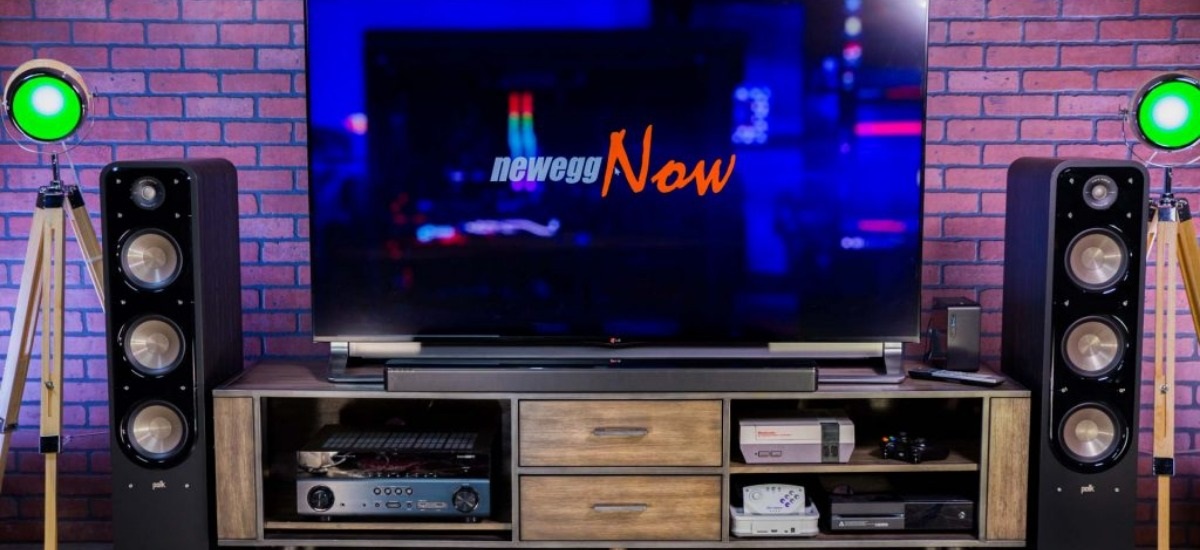Video upconversion is when video signals are converted from one resolution to another, typically from standard definition (SD) to high definition (HD). Video upconversion involves taking the signal and enhancing it to be more visible or clear, making it possible to watch old DVDs or content originally produced for a lower resolution format on a larger HD display without any loss in picture quality.
There are several different ways that video upconversion can be performed, including your receiver’s functions. In addition, several different parameters can be adjusted when using video upconversion on an AV receiver to ensure the best possible picture quality. The most common factors include sharpness, hue, brightness, and contrast. Some receivers may allow you to control these adjustments manually, while others will have presets that you can choose from.
In most cases, video upconversion on an AV receiver will notice an improvement in picture quality. Video upconversion can be highly beneficial for anyone who wants to enjoy the best possible picture quality when watching their favorite content. Whether you have an older DVD collection or you want to be able to watch HD broadcasts on your regular TV, video upconversion can help you get the most out of your content. It’s easy to achieve great results with a bit of experimenting and some fine-tuning of the settings.
Can all AV receivers upconvert video?
One of the main features that sets AV receivers apart from other audio and video equipment is the ability to upconvert video. While not all AV receivers have this capability, some do, making it essential to consider when shopping for a new receiver. For example, some receivers may only be able to upscale video of the exact resolution as the source. At the same time, more advanced models may have technologies such as multi-core processors or increased memory that allow them to handle multiple resolutions.

Check the product manual or contact the manufacturer to find out if your receiver has this capability. If you’re looking for a new receiver and want one that can upconvert video, be sure to ask about this feature before making your purchase.
What influences the quality of the upconverted video?
There are a few factors that influence the quality of the upconverted video. One is the original video quality. If the original video has very low quality, the upconverted video may also be low. Some other factors include: the resolution, the processing power of the device, and the settings used when performing the upconversion. For example, the higher the resolution, the better the quality of the upconverted video. Finally, the quality of the upconversion algorithm also affects the quality of the upconverted video. If the algorithm is poor, then the upconverted video will also be of poor quality. So, with careful selection and proper use, it is possible to enjoy high-resolution video content.
Can I upconvert all videos with an AV receiver?
There is no definite answer to this question as it largely depends on the particular AV receiver that you have. Some receivers are capable of upconverting all videos, while others may not be able to handle this task. However, according to the data, most modern AV receivers can handle upconverting tasks without any problems. If you want to know whether your AV receiver can upconvert all videos or not, you should check the product’s specifications or contact the manufacturer directly.




![Best 2-Channel Receiver [Expert Reviews and Buying Guide]](https://hometheaterology.com/wp-content/uploads/2023/11/best-2-channel-receiver-stereo-300x150.jpg)












